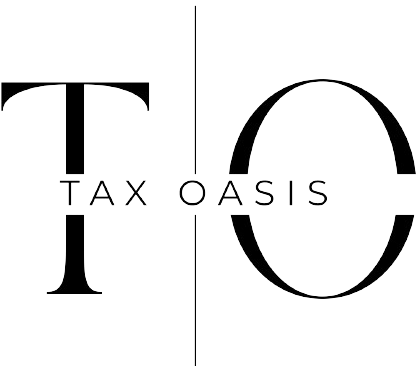Negative gearing is a widely discussed investment strategy in Australia, especially when it comes to property. While it offers potential tax advantages, it also carries financial risks. At Tax Oasis, we aim to help property investors understand how negative gearing works, its implications, and whether it suits their financial goals.
What is Negative Gearing?
Negative gearing occurs when the costs associated with owning an investment property—such as mortgage interest, council rates, maintenance, and other expenses—exceed the rental income received from that property. This results in a net rental loss, which investors can deduct from their taxable income, thereby reducing their overall tax liability.
This concept isn’t exclusive to real estate. It applies to other investments, such as shares, where expenses (like interest on loans used to buy the shares) exceed the income generated.
Why Do Investors Choose Negative Gearing?
While making a loss might seem counterintuitive, investors employ negative gearing with the expectation that the property’s value will appreciate over time. The goal is that the capital gain upon selling the property will more than compensate for the accumulated losses. Additionally, Australia’s tax system allows these losses to be offset against other income, such as wages, reducing the investor’s taxable income.
Who Benefits the Most from Negative Gearing?
Higher-income earners tend to benefit the most from negative gearing. Since tax deductions reduce taxable income, those in higher tax brackets experience greater tax savings compared to lower-income earners. For instance, if an investor incurs a $10,000 net rental loss:
- A person in the 15% tax bracket saves $1,500 in tax.
- A person in the 45% tax bracket saves $4,500 in tax.
This disparity has led to debates about whether negative gearing disproportionately favours wealthier Australians.
The Impact on Housing Affordability
One major criticism of negative gearing is its potential impact on housing affordability. Many argue that it encourages investors to purchase existing properties rather than fund new housing developments, thereby driving up prices in the existing housing market. This can make homeownership more challenging for first-time buyers.
However, some proponents suggest that negative gearing supports rental supply, as it incentivises investment in rental properties. The effects on rental prices are debated, with some studies showing limited evidence that negative gearing significantly reduces rents.
The Relationship Between Negative Gearing and Capital Gains Tax (CGT)
A key factor supporting negative gearing is Australia’s CGT rules. Investors who hold a property for more than 12 months receive a 50% discount on their capital gains tax when they sell. This tax advantage means that many investors tolerate short-term losses in the hope of making substantial capital gains in the future. Some analysts argue that the combination of negative gearing and CGT discounts contributes to excessive property speculation.
An Example of Negative Gearing in Practice
Consider Sarah, who purchases an investment property for $700,000. She borrows $560,000 and incurs the following annual expenses:
- Interest on the loan: $28,000
- Council rates, maintenance, and insurance: $5,000
- Rental income: $25,000
Sarah’s total expenses ($33,000) exceed her rental income ($25,000), resulting in a $8,000 loss. She can deduct this loss from her salary income, reducing her taxable income and, consequently, her tax liability.
If she sells the property in ten years for $1,000,000, she will realise a capital gain of $300,000. If she qualifies for the CGT discount, she will be taxed on only $150,000 of this gain, potentially making her investment profitable in the long run.

Should You Consider Negative Gearing?
Negative gearing is not a one-size-fits-all strategy. While it offers tax advantages, it requires careful financial planning. Investors must consider:
- Their ability to sustain ongoing losses.
- The likelihood of property value appreciation.
- Their personal tax bracket and financial goals.
- Market conditions and regulatory changes that could impact tax treatment.
Need Expert Advice?
Navigating tax strategies like negative gearing can be complex. At Tax Oasis, we provide tailored advice to help investors make informed financial decisions. Whether you’re considering property investment or looking to optimise your tax strategy, our team of experts can guide you every step of the way. Contact us today to explore how we can assist you in achieving your financial goals.

